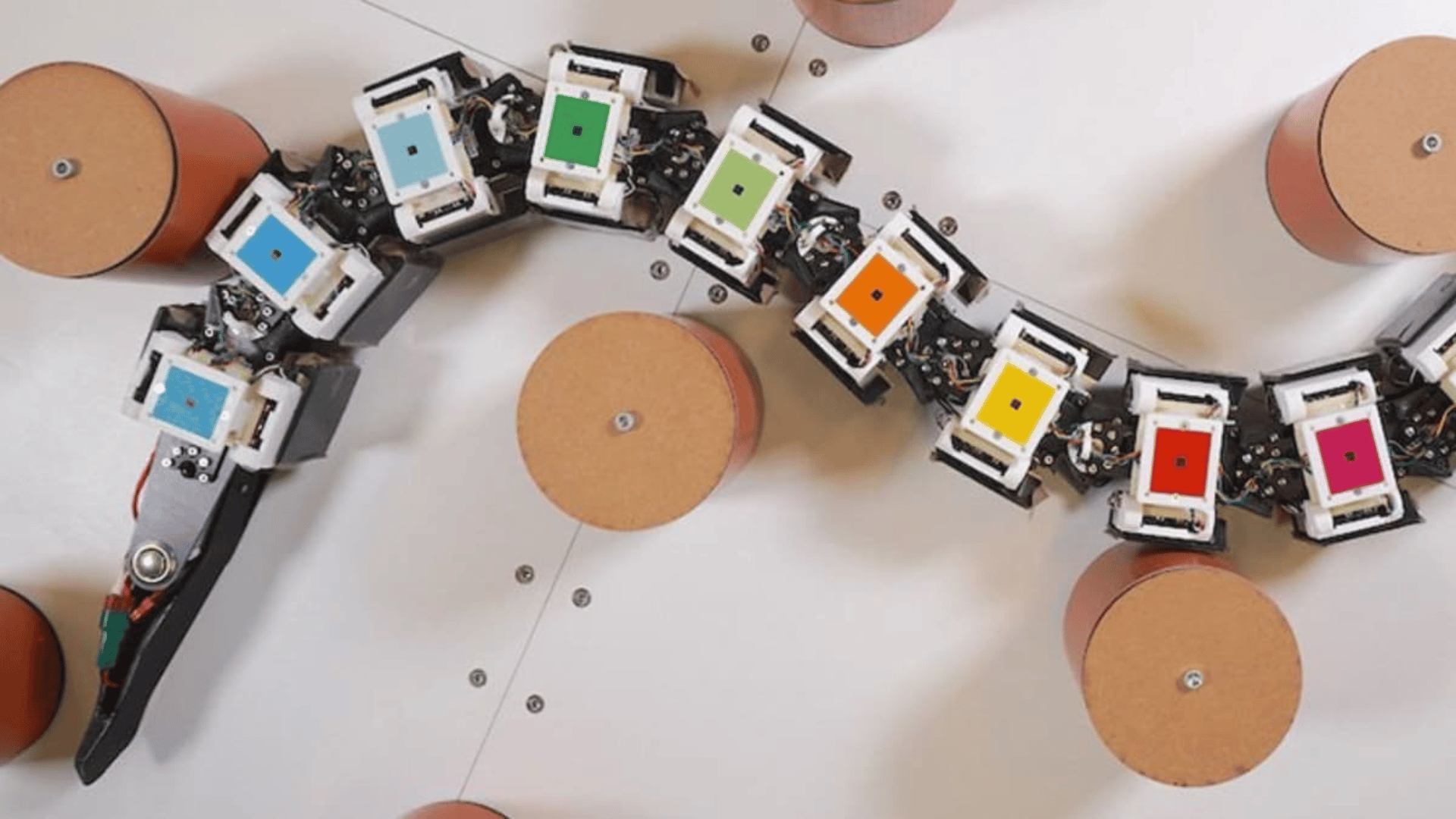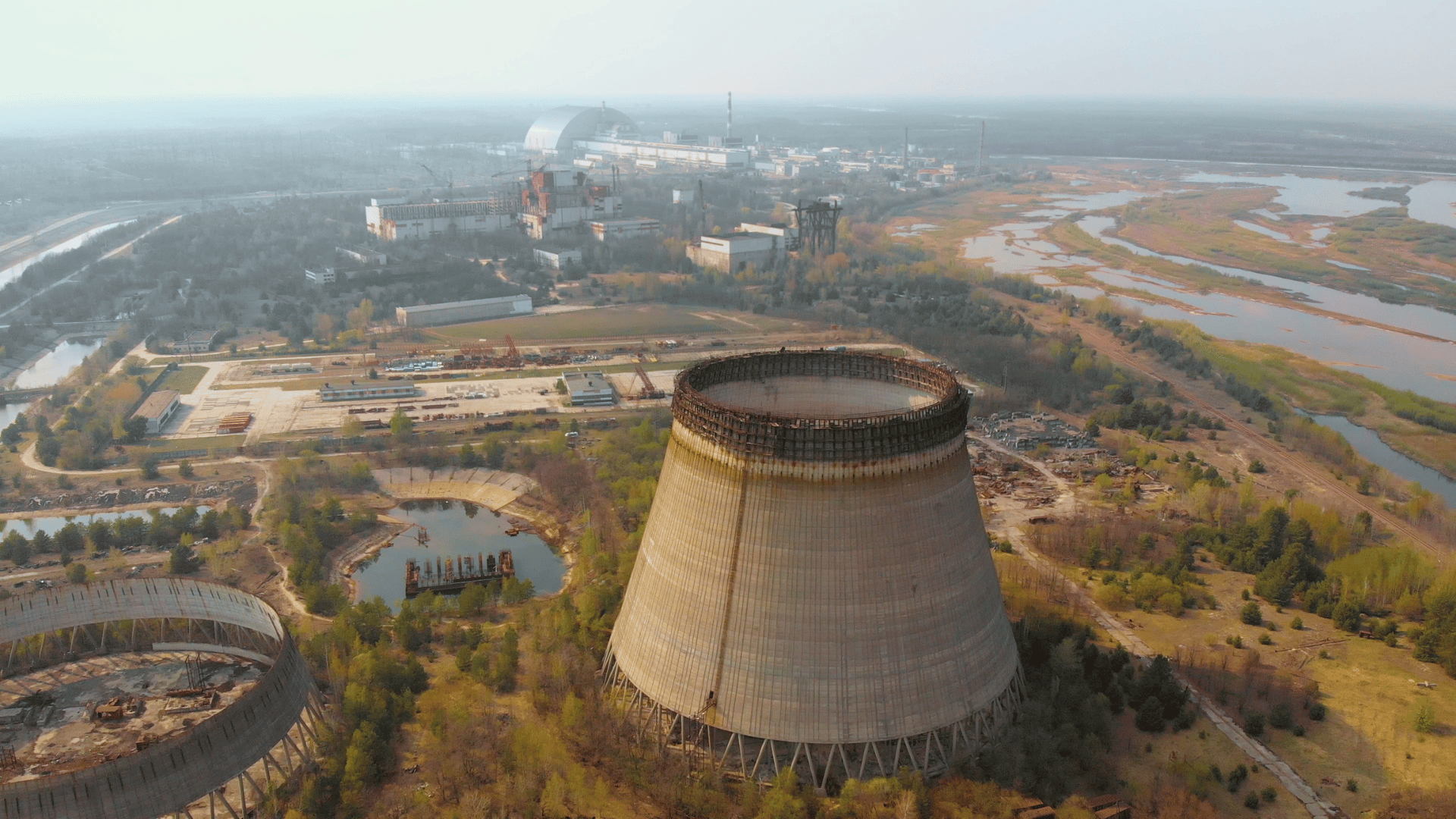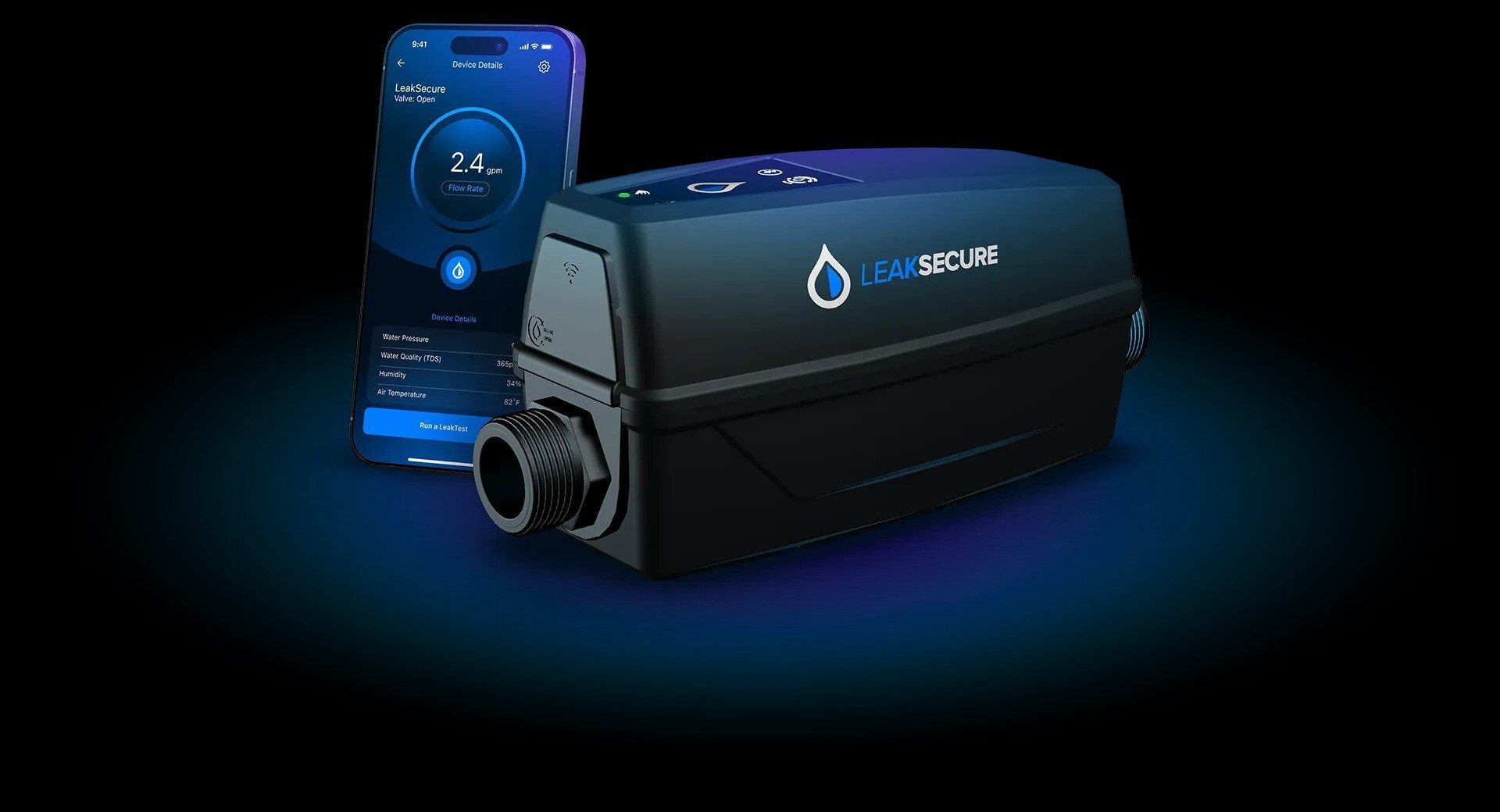Eels are capable of moving even after spinal injuries, and a research team has discovered the secret as to why. This new breakthrough could lead to the development of next-gen advanced robots.
Next-Gen Robots Inspired by Eels

An international research team led by Tohoku University made the discovery by studying a specific set of neural mechanisms. They learned that eels use sensory signals from their bodies to adapt to their environment. These signals, along with the nervous system’s rhythm, allow eels to maintain their coordinated movement.
“Our findings will help design highly adaptive robots capable of navigating complex and unpredictable environments,” explained Kotaro Yasui, lead author and an assistant professor at Tohoku University.
To learn more about the neural mechanisms of eel movement, researchers built a model that combines the sensory feedback from the feeling of pressure and stretch on the body. According to Interesting Engineering, the model assumes that a neural circuit resides in each body segment along the spinal cord, which creates movement rhythms that sensory signals regulate.
The team tested the model using computer simulations and an eel-like robot, finding that sensory feedback allowed it to swim consistently. The neural circuit also allowed the robot to crawl on land and navigate around obstacles. And the stretch feedback created a forward thrust, allowing the model to push against things.
Once they had their model, the team set out to learn how eels could continue moving after spinal cord injuries. To do this, they experimented on both real eels and a robot that used their neural model. This showed that the sensory feedback and circuits’ built-in rhythm combined to synchronize movement across the injury and bypass the need for brain control.
Learning more about how eels navigate could lead to the creation of adaptable robots, capable of performing complex tasks in challenging environments. Applications for this type of technology could include anything from helping in disaster areas to exploring other planets.







